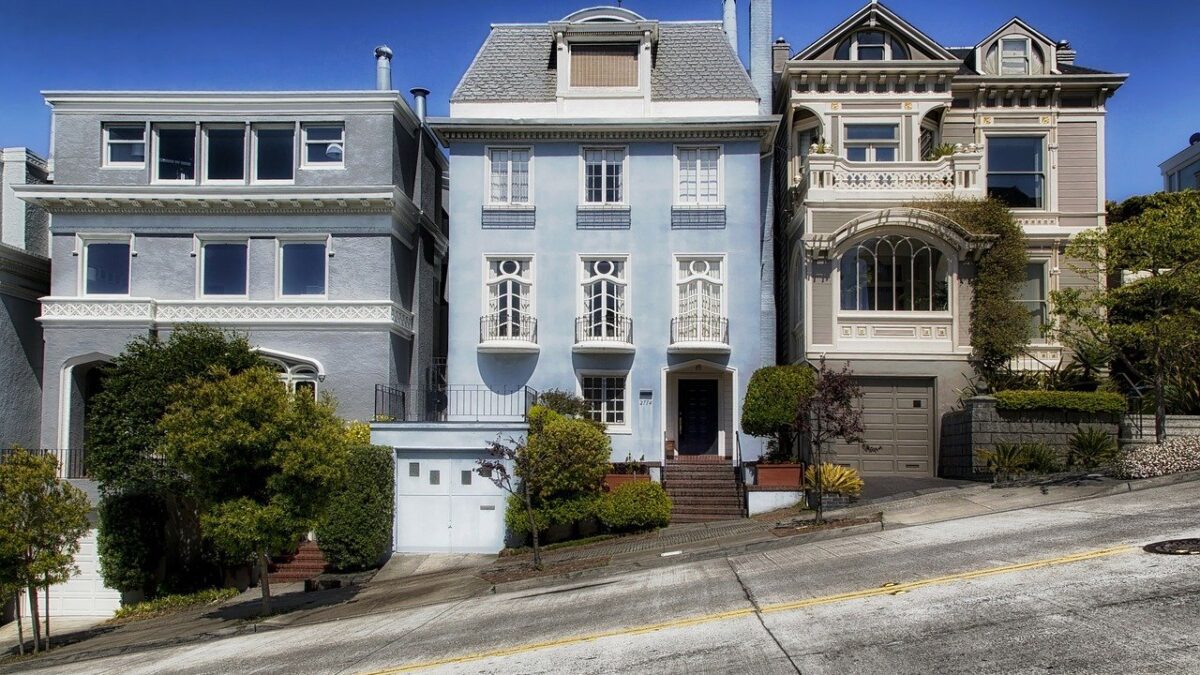
Understanding Your Homeowners Insurance Deductible
March 24, 2015
May a Landlord Require Tenants to Have Renters Insurance?
April 10, 2015Increasing Coverage Limits – The average homeowners insurance premium has been increasing by an average of 6% since 2009 and reaching the all-time national average high of $1,000 as of 2013. Many homeowners take a look at the annual premium and feel that a reduction of coverage will be their only way to reduce the premium; most of the time, without the review or understanding that the reduction of the Dwelling Value may leave the homeowner without replacement coverage. The primary purpose of a homeowners insurance policy is to provide the full reconstruction value in the event of a covered total loss, there is also a co-insurance clause built into each and every policy stating that if the home is not sufficiently covered, the insurance carrier will only pay the percentage of a claim commensurate with the percentage of the home insured. Understanding the aforementioned, it would be hard to find a homeowner who would be agreeable to such an agreement. In assurance that you are sufficiently insured, your policy may automatically increase the insured value of your home (most carriers utilize the CPI method).
Inflation Guard Endorsement
Most policies have an inflation guard endorsement built in to them; whereby the insurance company utilizes a method of slightly increasing the coverage each year to keep up with the current rate of reconstruction. Could you imagine buying insurance and reviewing your policies 10 years later, only to see that you’ve had the same Dwelling Reconstruction Value all along? In the event of a claim, a homeowner would be quite angry!
What is Dwelling Value
When you initially purchase your homeowners insurance policy, your insurance carrier will establish a few facts regarding the characteristics regarding your home and calculate a dwelling reconstruction value for your home; this specific value will be the basis of Full Replacement Value of your home (defined as Dwelling). Insurance companies utilize an external source to provide software which is updated on a regular basis to calculate the reconstruction values which are sensitive to different geographic regions. The process often takes into account the square footage, as well as the materials used to build the home. It is important to know that this starting point reflects 100% of the cost to rebuild your home.
Why the Coverage Increases
The cost of building materials and the cost of labor increase each year thus increasing the necessity for more coverage. Homeowners insurance policies with replacement cost coverage will only pay the full price of rebuilding your home if the insured value is at least a certain percentage of the actual reconstruction cost. Increasing the declared dwelling value of your home each year will assure that you will not be under insured in the subsequent years thus leaving you at a disadvantage at the time of loss.
Effects on Other Coverage Items
Since Other Structures and Personal Property are declared as percentages of the Dwelling Value, you will find that these items will also be increased as your Dwelling Limit is increased as explained above. Other structures cover detached garages, storage sheds, cabanas and other detached structures. Personal Property covers the contents of your home including your personal belongings.

